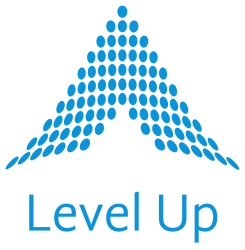Part 1 of 3 on “Becoming Cloud Native: What to do when your public sector organization WASN’T born in the cloud”.
In the first of a 3-video overview which is specifically focused on addressing the unique cloud and automation goals and challenges of state/local agencies as well as higher education, Red Hat Inc. systems integrator partner Level Up Technology covers Pro Tips 1-5, all learned by Chief Architect Daniel Goosen over about a decade’s experience in enterprise DevOps and Cloud environments.
PRO TIPS (1-5):
1.) Why change? Why now?
2.) Becoming cloud native means becoming DevOps
3.) Automating everything you can means everything
4.) Developer self-service means putting the right tools for the right jobs in the right hands at the right times
5.) Continuous delivery means more than just your app pipelines
Level Up outlines 3 major steps on the road to Becoming Cloud Native:
1.) Automation
2.) PaaS/Kubernetes
3.) Middleware
Since products tend to be required to put ideas into practice, we detail these Cloud Native steps while also highlighting key parts of the Red Hat emerging technology portfolio.
1 – Automation Why Ansible? -Easy to read, nothing to install on remote nodes, push-based, has many, many built-in modules. -Declarative, version controllable. -Very friendly to developer self-service, integrates nicely with your existing CI/CD pipelines. -Quick ramp-up for Infra/Network teams. -Top 10 project by contributors on GitHub. We also outline the key benefits of the Red Hat Ansible Automation Platform aka Tower.
2 – PaaS/K8S Why Kubernetes? -Containerization is good… but container orchestration is better. -Scheduling, scaling, migration, lifecycle mgmt of your app workloads across public, hybrid, multi-clouds. -Achieve autonomic computing via monitoring and self-healing capabilities. -Top 10 project by contributors on GitHub. -Every org needs container orchestration. Enterprises need more… Enter OpenShift. We also outline the key benefits of the Red Hat Openshift Container Platform.
3 – Middleware Why Middleware? -Container orchestration is better… but middleware is often best -Runtimes to help you develop and manage cloud-native apps -Connect apps and data across hybrid clouds via integration and messaging -Automate business decision-making and process engineering We also outline the key benefits of the Red Hat Middleware suite.
SUBSCRIBE to our YouTube channel to get more info on all things cloud native!
